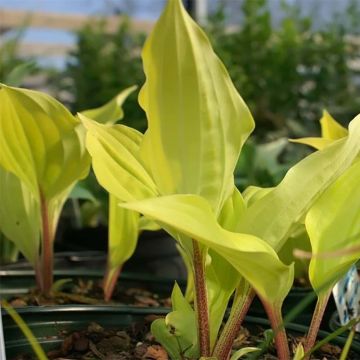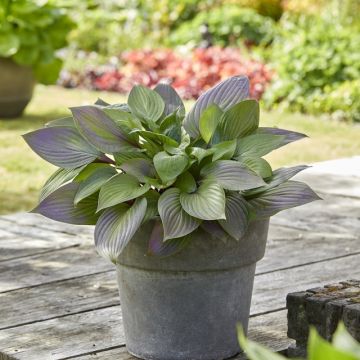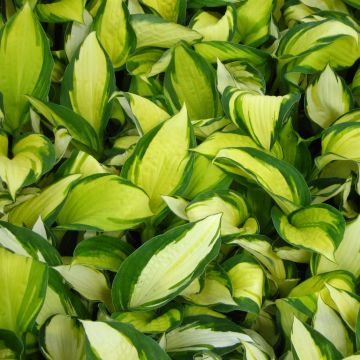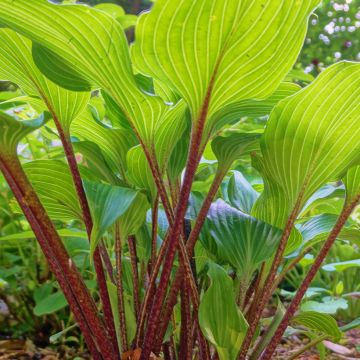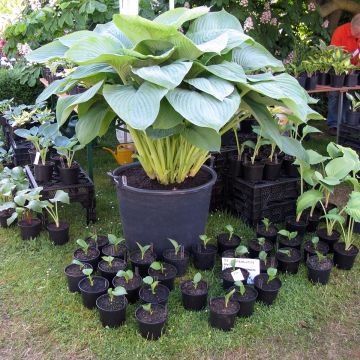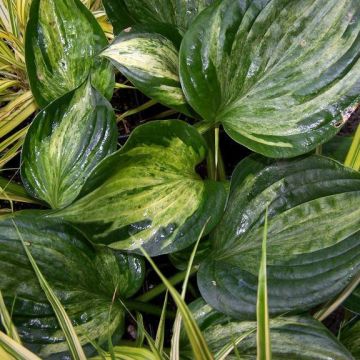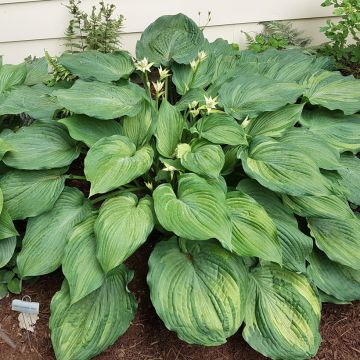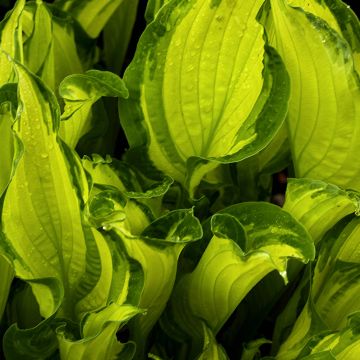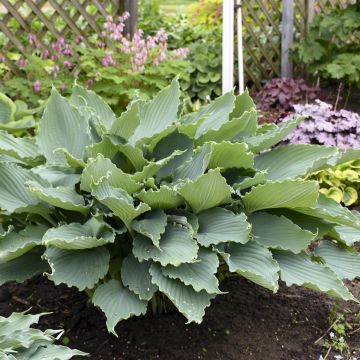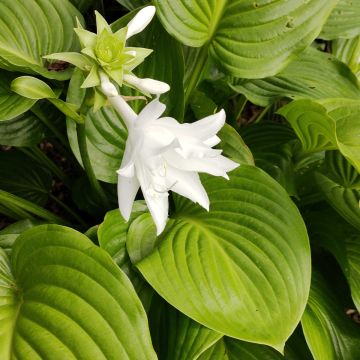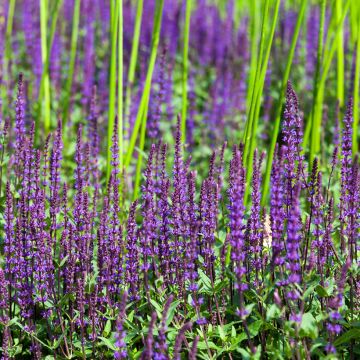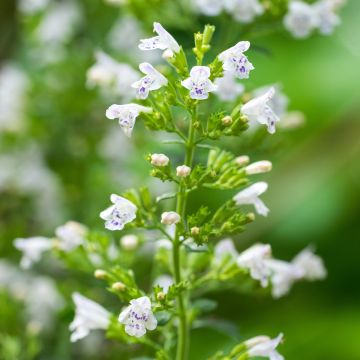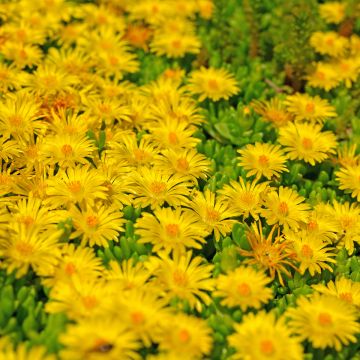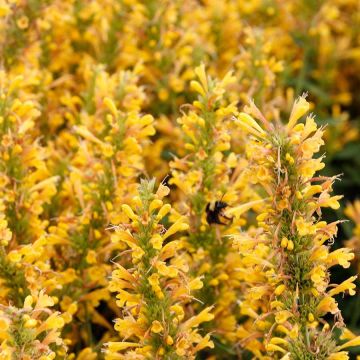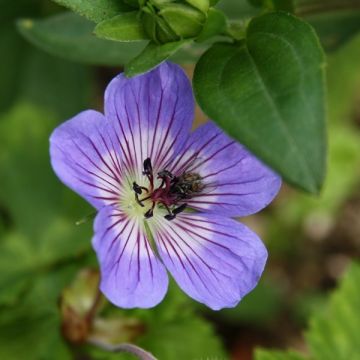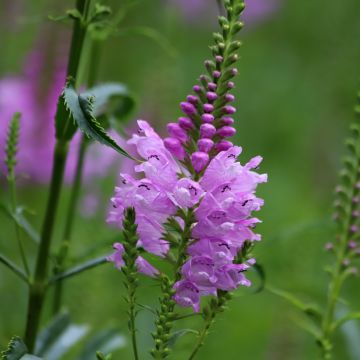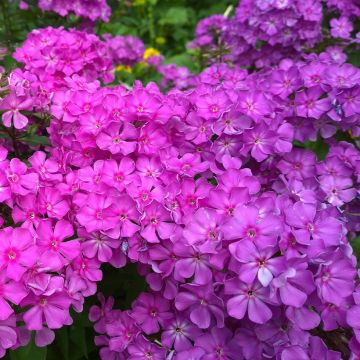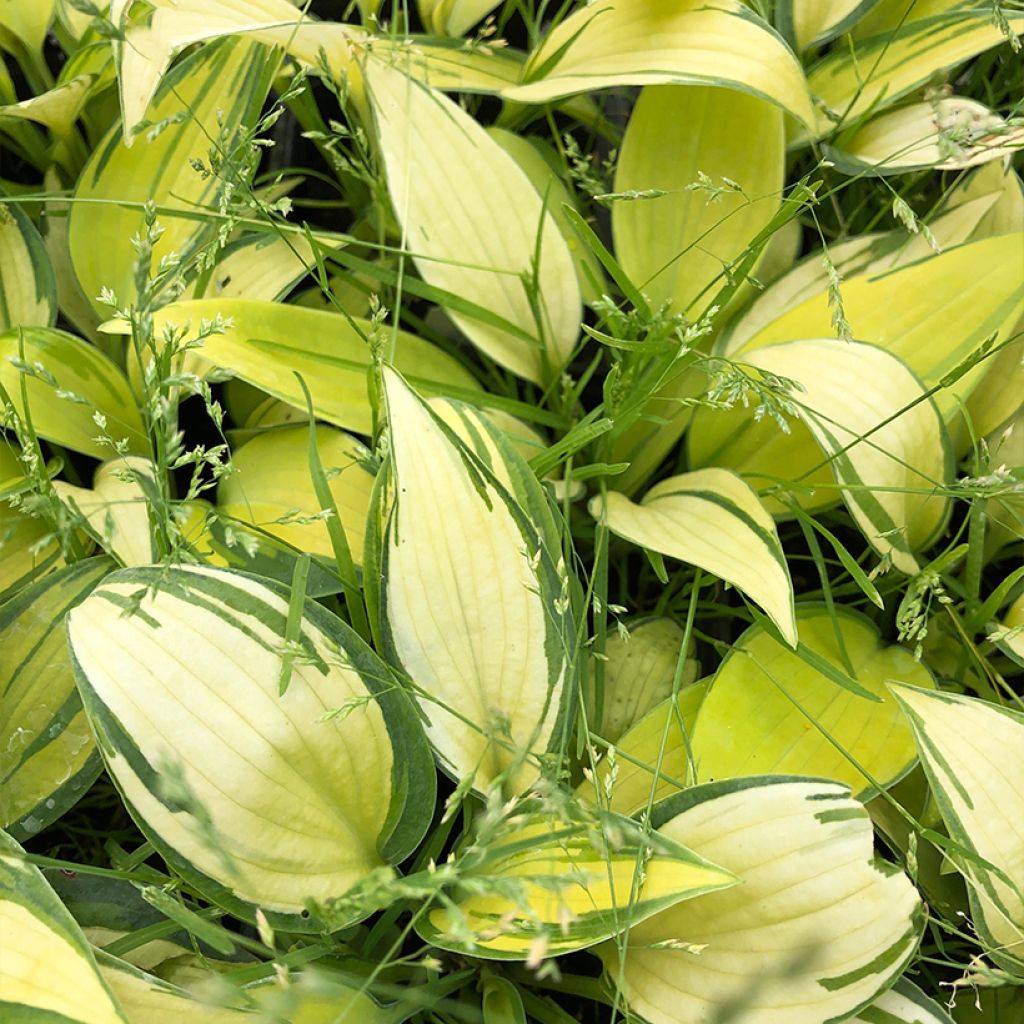

Hosta June
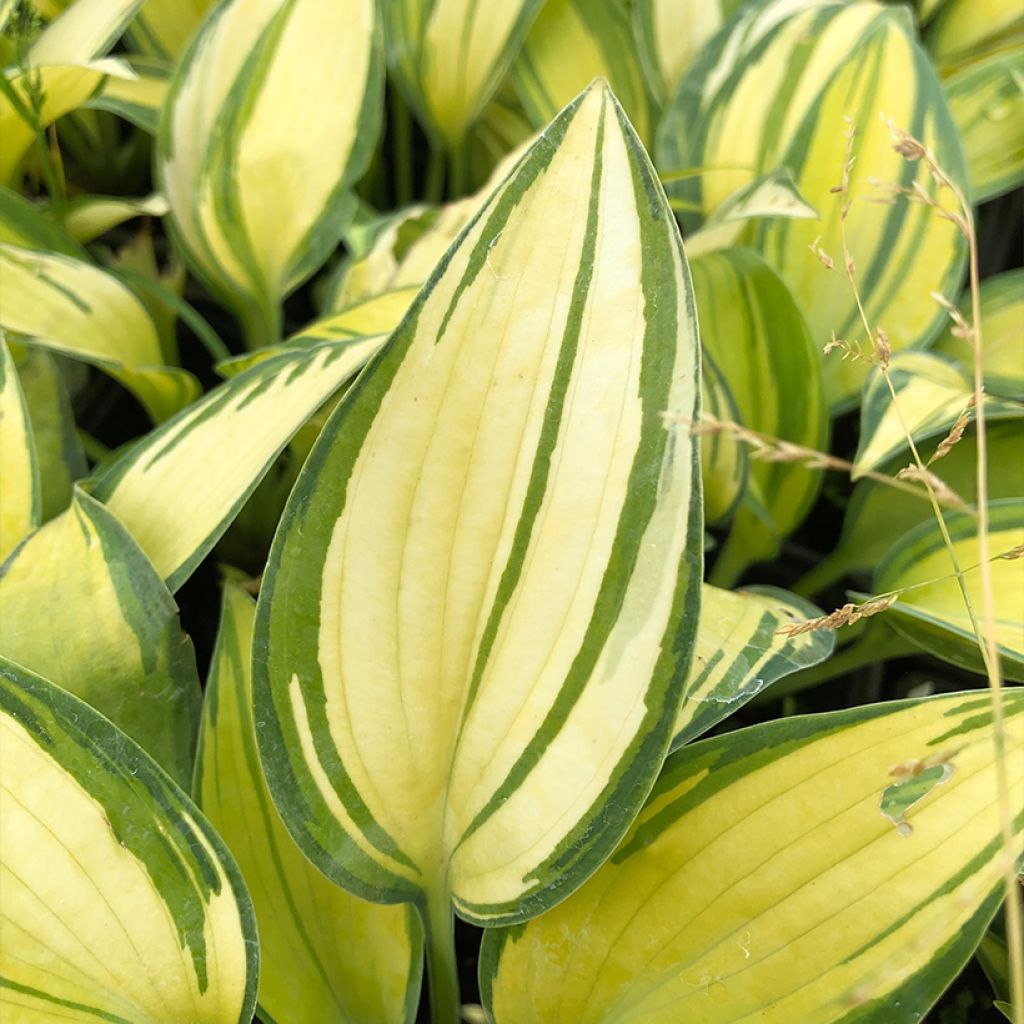

Hosta June
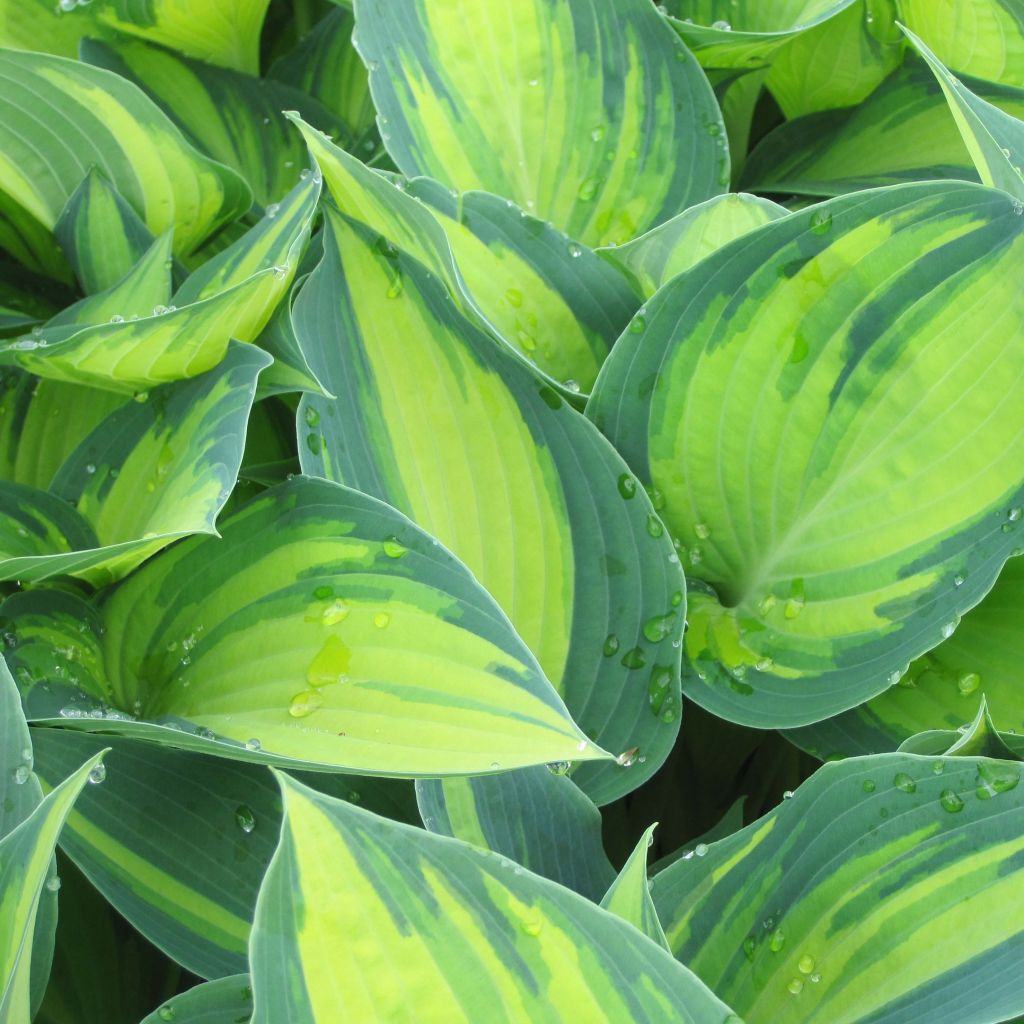

Hosta June
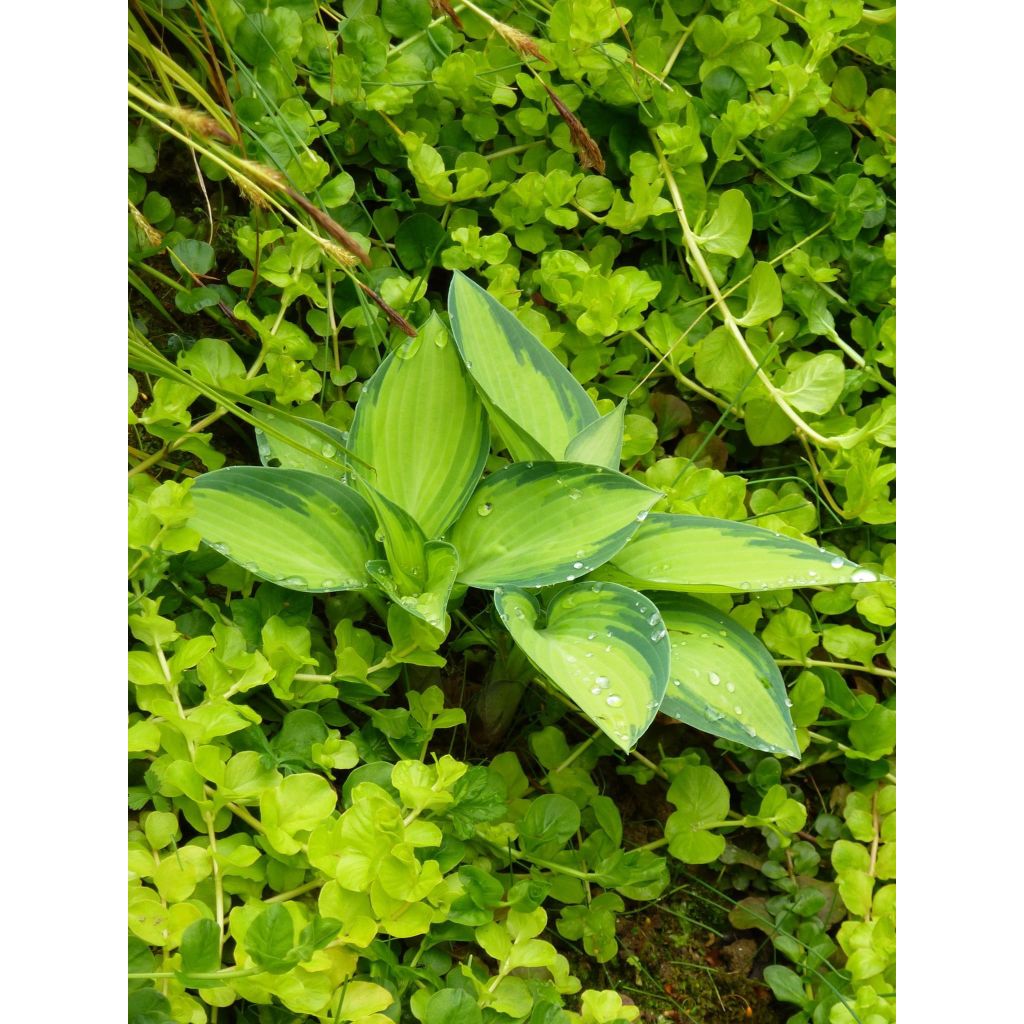

Hosta June
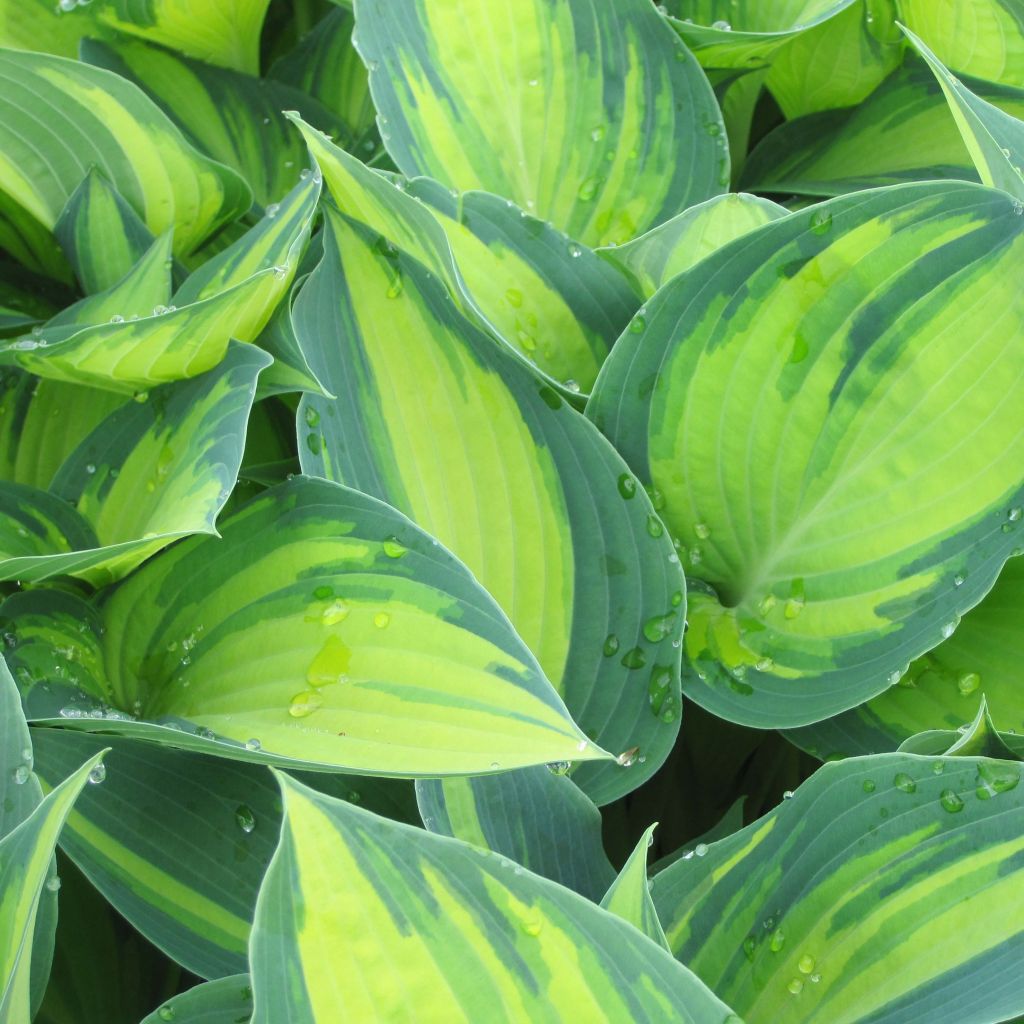

Hosta June
Hosta June
Hosta tardiana June
Plantain Lily, Funkia
This item cannot be shipped to the selected country
Delivery charge from €5.90
Delivery charge from €5.90
Delivery charge from €5.90
More information
Delivery charge from €5.90
Delivery charge from €5.90
Delivery charge from €5.90
More information
Schedule delivery date,
and select date in basket
This plant carries a 12 months recovery warranty
More information
We guarantee the quality of our plants for a full growing cycle, and will replace at our expense any plant that fails to recover under normal climatic and planting conditions.
From €5.90 for pickup delivery and €6.90 for home delivery
Express home delivery from €8.90.
From €5.90 for pickup delivery and €6.90 for home delivery
Express home delivery from €8.90.
From €5.90 for pickup delivery and €6.90 for home delivery
Express home delivery from €8.90.


Does this plant fit my garden?
Set up your Plantfit profile →
Description
The 'Hosta June' is a remarkable descendant of the 'Halcyon' variety. It boasts sumptuous foliage, featuring large heart-shaped leaves painted in grey-green-blue and irregularly adorned with cream, golden yellow, and light green flames at the centre for a truly stunning effect. The plant comes to life in July-August with mauve-grey flower spikes. Although it has a slow growth rate, 'June' establishes itself permanently and easily in a cool spot. This magnificent plant adds a refined touch of exoticism to any garden. To showcase the beauty of its foliage, it is best to place it in partial shade or the morning sun.
Hostas, also known as Plantain Lilies, are deciduous perennial plants that belong to the lily family or Hostaceae. Hosta tardiana 'June' is a hybrid obtained in the 2000s from Hosta 'Halcyon' known for its longevity. It reaches a height of 40 cm (15.7 in) and forms a wide clump that is wider than it is tall. The heart-shaped foliage has tapering tips and visible veins. The blue-green edges, veined with grey, surround green, cream, or yellow areas that appear hand-painted. The colours and contrasts of the leaves are more intense when planted in a slightly sunny exposure. This thick foliage is resistant to attacks from gastropods. The plant produces pale lavender bell-shaped flowers that are pendulous and somewhat taller than the foliage in July-August. This perennial spreads through stolons, similar to strawberries.
Hostas are hardy plants originating from China, Korea, and Japan. They are usually found as ground cover under deciduous trees, in cool beds, or rockeries and borders, particularly near ornamental ponds. The hybrid Hosta 'June' is an excellent choice for partial shade and pairs well with alchemillas, lungworts, ferns, epimediums, and Claytonia sibirica. These plant combinations create beautiful colour duos that require minimal maintenance. Hostas thrive in dark-coloured mulch and can be paired with columbines, tall digitalis, or tiny violets. Hostas grow well in pots and remain in the same container for several years. Watering the plants from above the pot is essential as long as the foliage is not too dense. Place a saucer under the pot and maintain a constant level of water in the summer.
Most plant species commonly found in Western gardens were initially introduced from Japan. Hostas, also known as "urui" in Japan, are edible and are often consumed there.
Hosta June in pictures
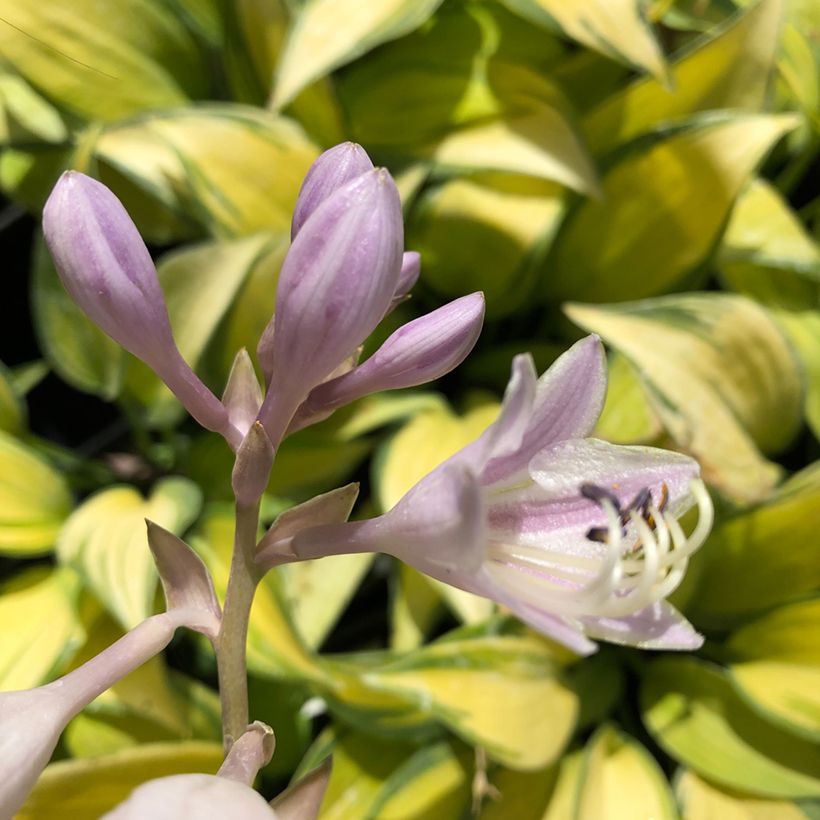

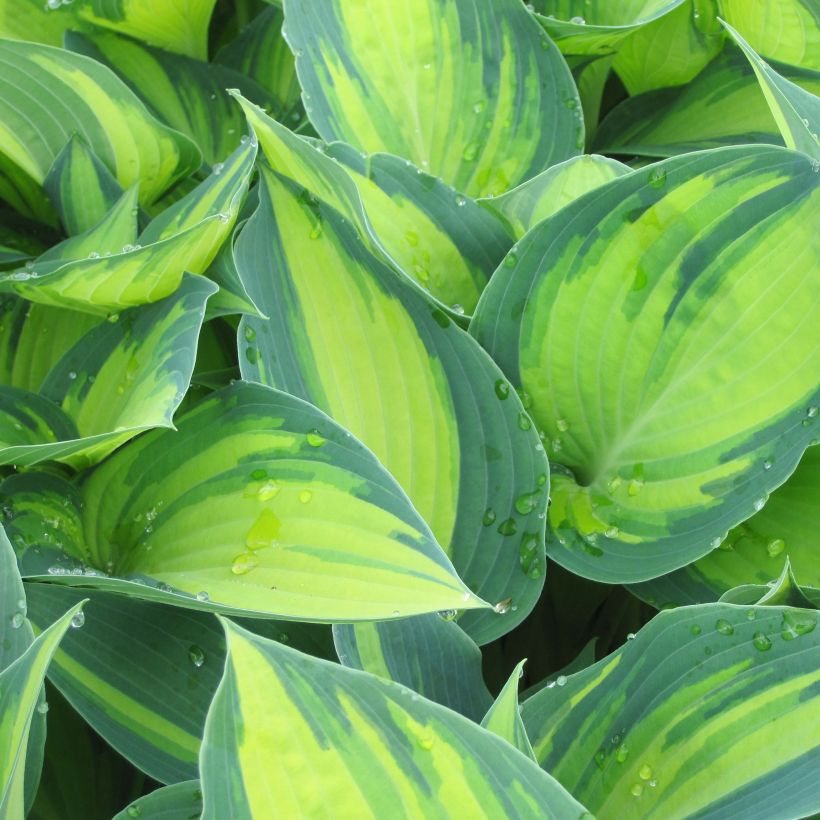

Flowering
Foliage
Plant habit
Botanical data
Hosta
tardiana
June
Liliaceae - Hostaceae
Plantain Lily, Funkia
Cultivar or hybrid
Other Hostas - Plantain Lilies
Planting and care
Hostas are planted in spring or autumn. Hostas prefer a deep, rich, humus-bearing, loose soil, preferably neutral to acidic (at least low in limestone), moist to wet throughout the year. Plant them in partial or dappled shade and sheltered from strong winds.
Prepare a planting hole of 20 cm (7.9 in) x 20 cm (7.9 in) x 20 cm (7.9 in). If your soil is heavy, mix equal parts of compost with crumbled soil, partially fill the hole, and place your potted plant so that the top of the root ball is covered with 3 cm (1.2 in) of soil. Adding a slow-release fertilizer will nourish your plant during its rooting period without the risk of burning. Make sure to position the base well above ground level. Firm the soil and water generously to eliminate air pockets. If the weather is dry, regular watering for a few weeks will help to establish your plant. Also, water regularly in case of a dry summer.
With their preference for moist areas, slugs and snails never stray far from hostas. Even though blue or variegated hostas often have thicker and tougher foliage, which is less appealing to slugs, these plants still need gastropod protection. Protect your Hostas by surrounding them with ferramol-based pellets, eggshells, coffee grounds, mulch, or any dry, rough natural substance that repels them. Hedgehogs are the best allies of gardeners in the fight against gastropods because, unlike chickens, they do not till the soil and do not attack the tender green shoots of young plants. Finally, a natural way to repel slugs and snails is to have companion plants with a repulsive odour, such as wormwood and garlic.
Planting period
Intended location
Care
-
, onOrder confirmed
Reply from on Promesse de fleurs
Summer flowering perennials
Haven't found what you were looking for?
Hardiness is the lowest winter temperature a plant can endure without suffering serious damage or even dying. However, hardiness is affected by location (a sheltered area, such as a patio), protection (winter cover) and soil type (hardiness is improved by well-drained soil).

Photo Sharing Terms & Conditions
In order to encourage gardeners to interact and share their experiences, Promesse de fleurs offers various media enabling content to be uploaded onto its Site - in particular via the ‘Photo sharing’ module.
The User agrees to refrain from:
- Posting any content that is illegal, prejudicial, insulting, racist, inciteful to hatred, revisionist, contrary to public decency, that infringes on privacy or on the privacy rights of third parties, in particular the publicity rights of persons and goods, intellectual property rights, or the right to privacy.
- Submitting content on behalf of a third party;
- Impersonate the identity of a third party and/or publish any personal information about a third party;
In general, the User undertakes to refrain from any unethical behaviour.
All Content (in particular text, comments, files, images, photos, videos, creative works, etc.), which may be subject to property or intellectual property rights, image or other private rights, shall remain the property of the User, subject to the limited rights granted by the terms of the licence granted by Promesse de fleurs as stated below. Users are at liberty to publish or not to publish such Content on the Site, notably via the ‘Photo Sharing’ facility, and accept that this Content shall be made public and freely accessible, notably on the Internet.
Users further acknowledge, undertake to have ,and guarantee that they hold all necessary rights and permissions to publish such material on the Site, in particular with regard to the legislation in force pertaining to any privacy, property, intellectual property, image, or contractual rights, or rights of any other nature. By publishing such Content on the Site, Users acknowledge accepting full liability as publishers of the Content within the meaning of the law, and grant Promesse de fleurs, free of charge, an inclusive, worldwide licence for the said Content for the entire duration of its publication, including all reproduction, representation, up/downloading, displaying, performing, transmission, and storage rights.
Users also grant permission for their name to be linked to the Content and accept that this link may not always be made available.
By engaging in posting material, Users consent to their Content becoming automatically accessible on the Internet, in particular on other sites and/or blogs and/or web pages of the Promesse de fleurs site, including in particular social pages and the Promesse de fleurs catalogue.
Users may secure the removal of entrusted content free of charge by issuing a simple request via our contact form.

































